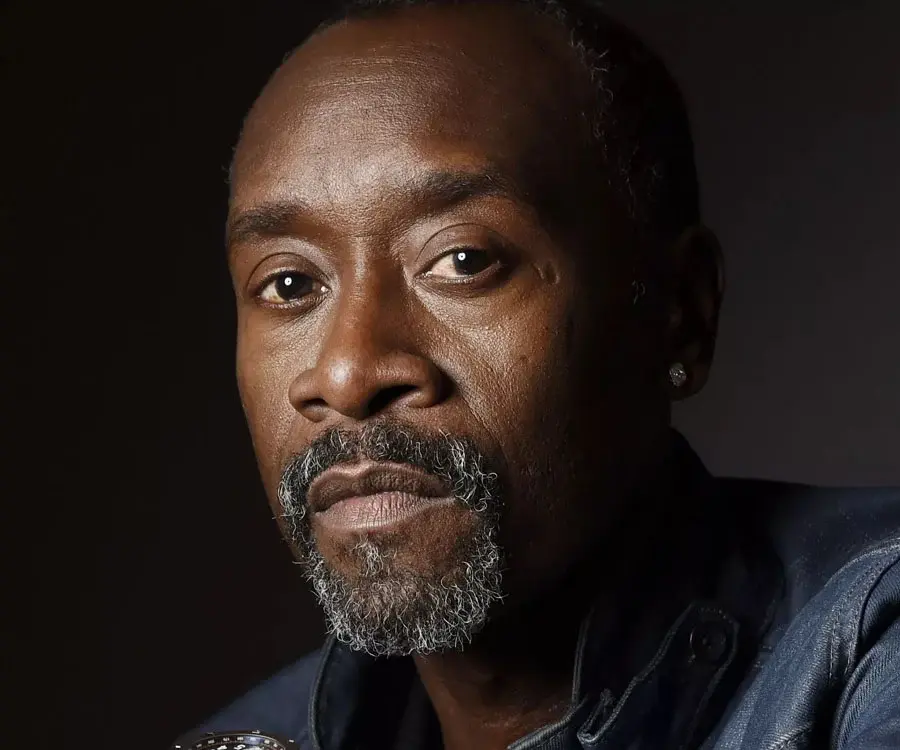

10·
14 hours agoHere we are YEARS later and OpenBoard is STILL broken.
No, I don’t want a fully contained, separate whiteboard application - As a teacher, I need to be able to DIRECTLY DRAW ON THE DESKTOP. Until this is a fully supported feature that software can implement, Wayland is completely broken for me.







Quite simply, you can draw and annotate the screen. I can circle things, draw attention to things, and highlight things on every window in the desktop environment without ANY consideration of what application is running - it’s completely agnostic. Wayland’s design doesn’t allow it.
Until this feature is present, Wayland is unusable for me.
This kind of thing is precisely why the overall decision to replace X by building something NEW was folly from the beginning - because you are ALWAYS going to be missing use cases. X should’ve been treated like an API and “completion” be measured directly and terms of how much of the functionality is implemented - not in terms of “how much, in fuzzy natural language terms, do we have that works equivalently”.
Also, and let’s be entirely clear about this… Open Board got here FIRST. It was FINISHED software. Developed, released, and doing its job. To come along, make a change to its dependencies, and then blame IT for doing something wrong? Is it the job of every single developer to update their software to match what Wayland wants? Thousands of projects over decades? What happens when the Wayland devs make another change and something else breaks? I’m getting flashbacks of Linus Torvalds RIGHTFULLY yelling at a developer blaming an application for not functioning after a kernel update. “WE DO NOT BREAK USER SPACE.”
Android forces developers to make these kinds of retroactive changes, and it’s why the ecosystem sucks and any stable, well-built software is a couple updates away from being useless. I don’t want my desktop OS to be more like that.